- Water is one of the most important inputs required for the production of crops.
- Plants require it continuously and in large quantities during their lifetime.
- It profoundly affects photosynthesis, respiration, absorption, transfer, and utilization of mineral nutrients, etc.
- Both its deficiency and excess directly affect the growth and development of the plant and consequently its yield and quality.
Watch Lecture Video
The soil requires water for:
- To relieve stress situations.
- Dissolve nutrients in soil solution for absorption by plants.
- Removes harmful salts from the soil.
- Preparation of land for growing crops.
- Maintaining an optimum level of soil and micro-climate temperature, humidity, and activity of soil microbes.
- For normal aeration and functioning of plant roots and twigs.
- Excess water needs to be removed.
Irrigation
- It is defined as the artificial application of water to crop plants in the absence of natural rainfall to achieve faster growth and higher yields.
- It is an essential substance in crops.
- Success in horticulture depends on how efficiently irrigation is provided to the gardens as it is controlled by many factors such as frequency, duration, intensity, source, and method of supply.
Factors Affecting Irrigation Water Supply
- Topography and soil features.
- Plant type (root depth, water absorption capacity, growth habit, etc.).
- Weather condition.
When to irrigate
- The time when a plant needs irrigation can only be judged by a keen eye.
- Plants need water when their new leaves begin to wilt. The trees show signs of wilting a little earlier.
- The fall of broad leaves in the orchard shows signs of distress.
How much irrigation is required?
- If water supply is limited, then only light irrigation can be given at a time with high frequency of irrigation.
- If water is available in plenty, irrigation can be heavy with long intervals.
- However, insufficient irrigation reduces the growth and fruiting of trees, whereas over-irrigation serves no useful purpose and can prove to be harmful.
- It can cause waterlogging; Nutrients may leach out and fruit may become discolored and develop poor quality.
- Plants suffering from drought should not be irrigated suddenly. This can lead to fruit cracking and even the bark of branches and stems.
Irrigation Systems
Different systems of irrigation are prevalent in different parts of the country. The best system is the one that meets the moisture seepage and evaporation.
- Check basin System
- Furrow System
- Ring basin system
- Basin system
- Flood system
- Pitcher system
- Drip irrigation system or Trickle Irrigation
-
Check Basin System
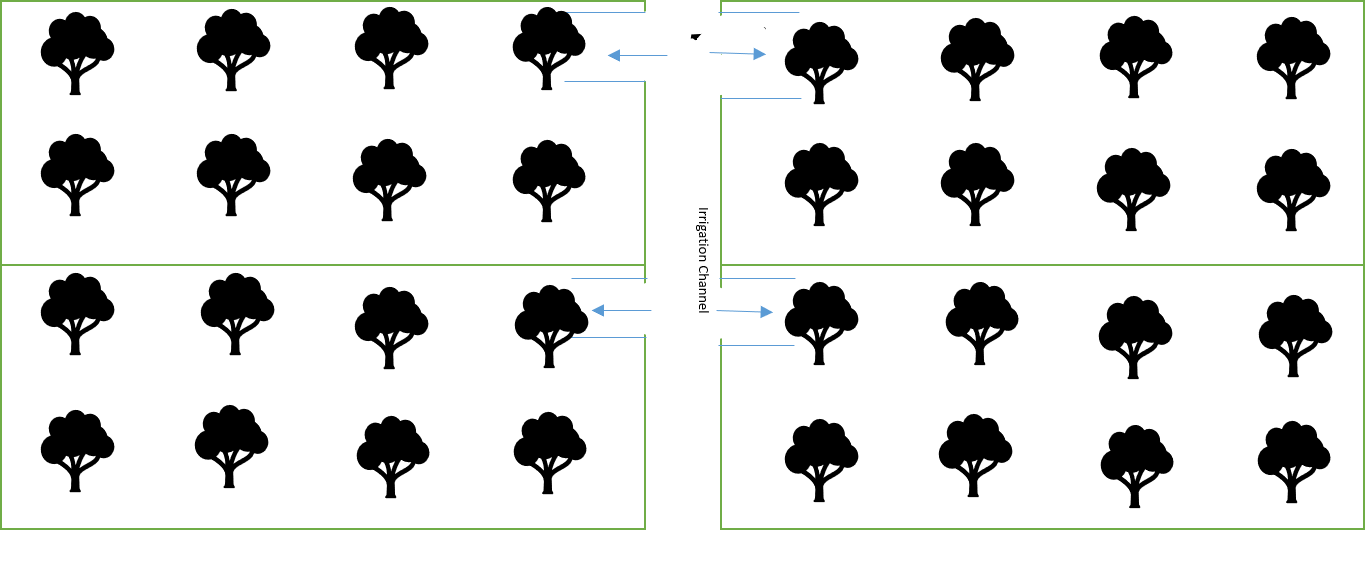
In this system, an irrigation channel is prepared between two rows of trees. The channel passes through two rows of square or rectangular-shaped beds. There is more than one tree in the bed.
-
Furrow system
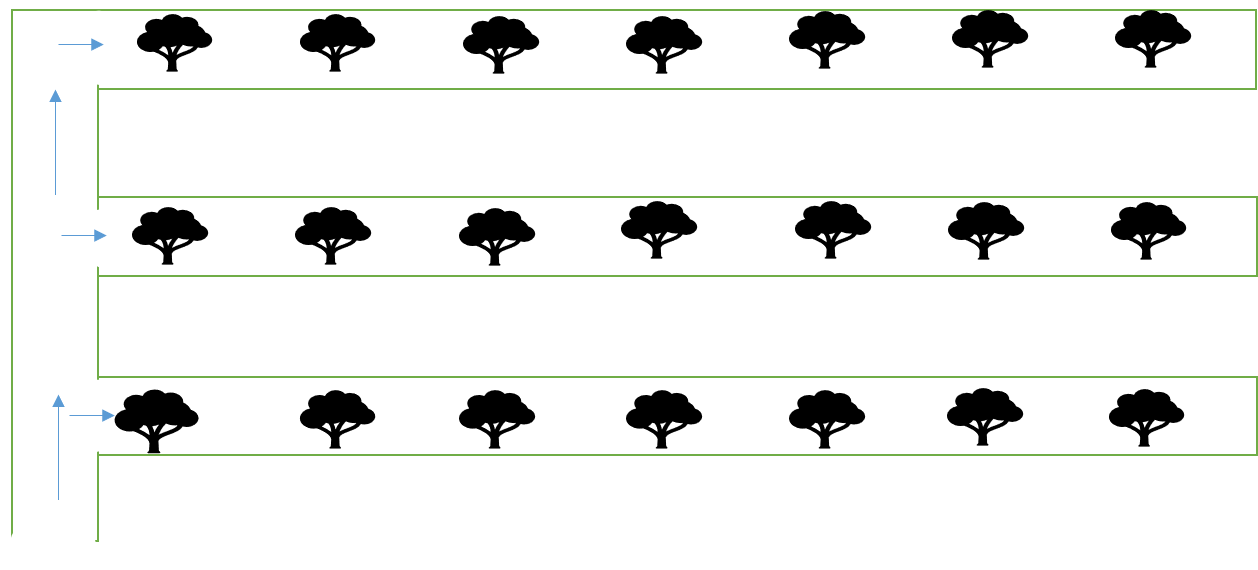
This system is prevalent in newly planted orchards. An irrigation channel 20 cm deep and 60 cm wide is prepared by taking the plants to the centre. This system saves water, as only a limited area is wet.
-
Ring basin system
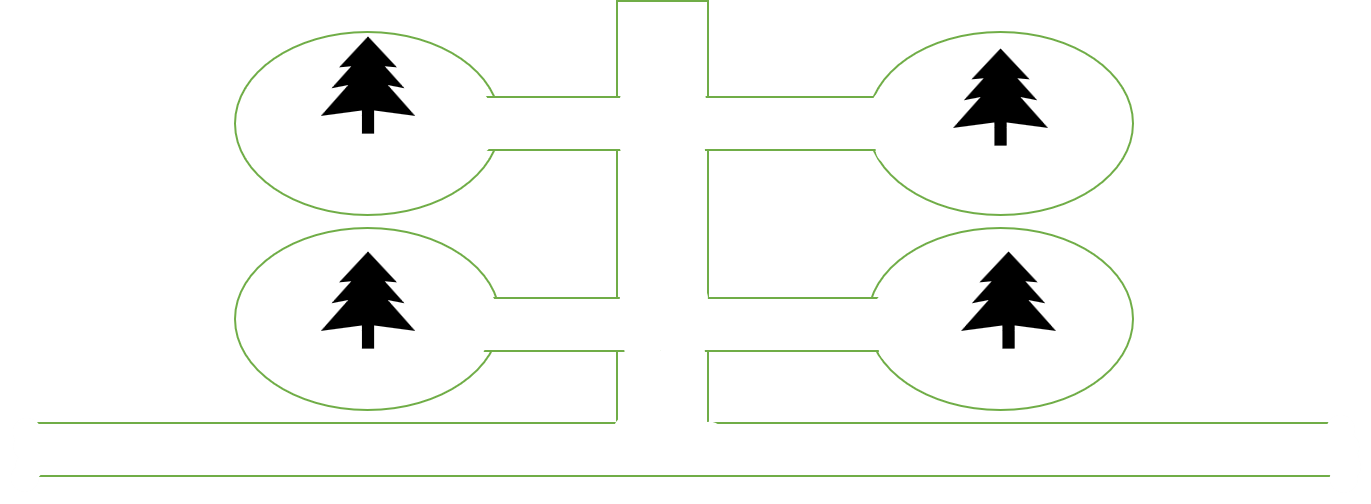
A circular ring around the periphery of the plant is prepared for irrigating the plants. While preparing, care is taken to prepare the ring away from the trunk towards the outer periphery of the tree. A sub-irrigation channel connecting the ring of each tree to the central irrigation channel is prepared. The water flows through the central channel and continues to irrigate the rings of two trees on either side of the central irrigation channel at a time. It is a very suitable method of irrigation for newly growing orchard trees, where sufficient water is available to the trees.
-
Basin system
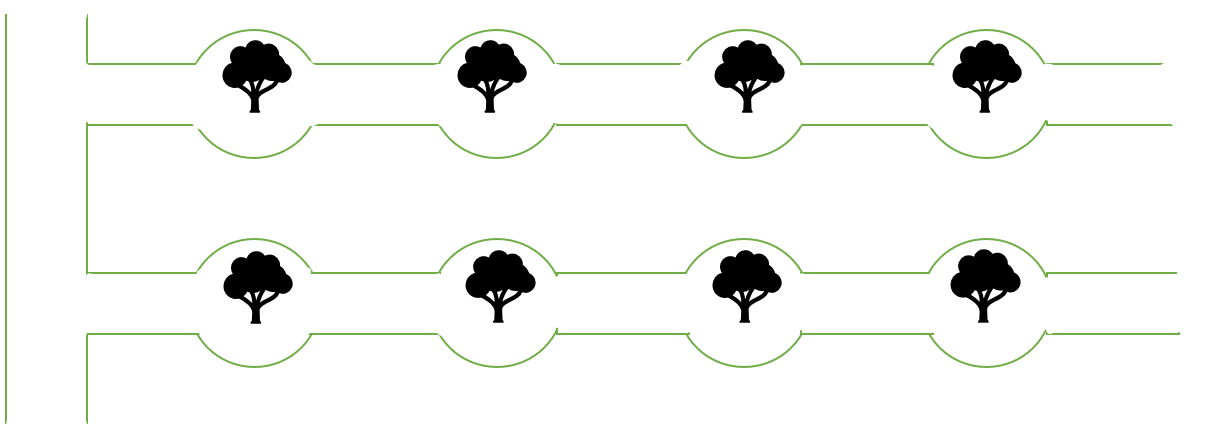
A basin is prepared in proportion to the size of the tree. Then each plate is connected one after the other with the irrigation channel. The water moves forward after irrigating the individual tree basin. Therefore, if any tree of the basin becomes diseased, there is a fear of spreading the disease through the water. The basin occupies a very little area and a large area remains vacant which can be used for inter-cultivation.
-
Flood system
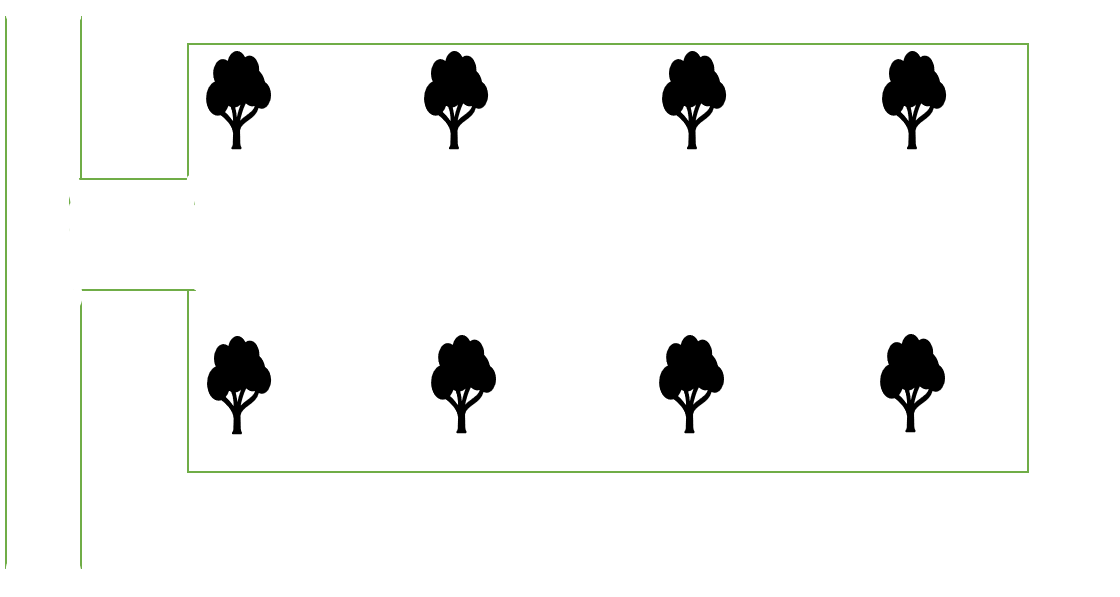
This system is very simple and easy to implement. Like other methods, water is given for irrigation without making beds, basins, or any other system. The entire field is filled with water from the main channel. In this system, more amount of water is required to irrigate the field as the whole field gets wet.
-
Pitcher system
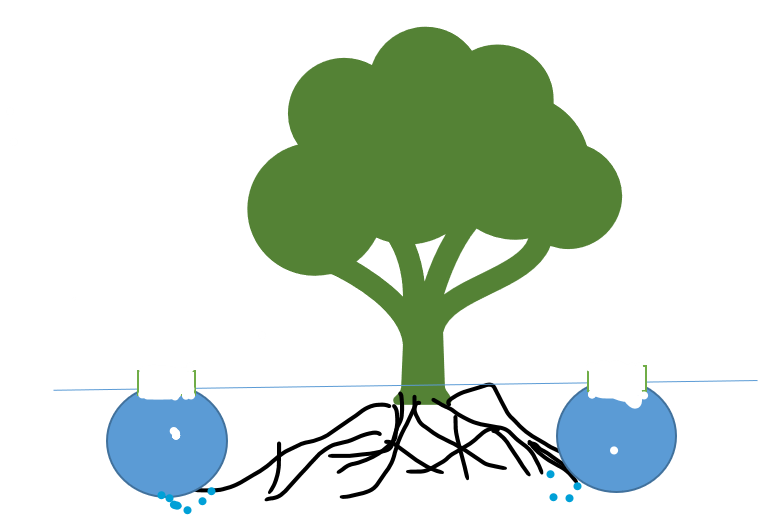
This system is especially a boon in arid regions, given the limited water supply. A pitcher filled with water is buried in the periphery of the tree, where the feeding roots are confined. The water slowly drains out through the micropores available in the wall of the pitcher and takes care of the water requirement of the plant. The number of pitchers per plant depends on the spread all around, 4 to 5 pitchers per plant are sufficient.
-
Drip irrigation system
Drip irrigation is the most efficient water and nutrient delivery system for growing crops. It is a system of irrigation that supplies water to the plant equal to its consumption. It delivers water and nutrients directly to the root zone of the plant, in the right amount, at the right time, so each plant gets exactly what it needs, so it can grow optimally.
A drip irrigation system consists of four components: suction, regulation, control, and discharge, which are water lifting pumps, hydrocyclone filters, sand filters, fertilizer mixing tanks, screen filters, pressure regulators, water meters, main lines, lateral lines, and complete with a dripper. A water lifting pump is necessary to supply water pressure. After lifting, the water passes through hydrocyclone filter, sand filter, fertilizer mixing tank, screen filter, and finally dripper. Relatively coarse particles are filtered through hydrocyclone filters, relatively fine particles through sand filters, and very fine particles through screen filters. These are essential for the smooth running of water through the drippers, otherwise, the drippers may clog.
Advantages of drip irrigation
- High consistent quality yields
- Huge water savings: no evaporation, no runoff, no waste
- 100% land use – Drip irrigates evenly across any topography and soil type
- Energy-saving: Drip irrigation works at low pressure
- Efficient use of fertilizers and crop protection without leaching.
References cited
1.Chadha, K.L. Handbook of Horticulture (2002) ICAR, NewDelhi
2.Jitendra Singh Basic Horticulture (2011) Kalyani Publications, New Delhi
3.K.V.Peter Basics Horticulture (2009) New India Publishing Agency
4. Jitendra Singh Fundamentals of Horticulture, Kalyani Publications, New Delhi
